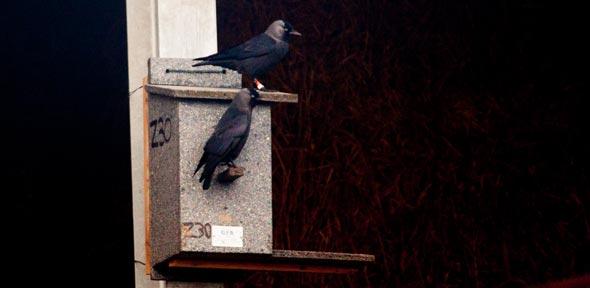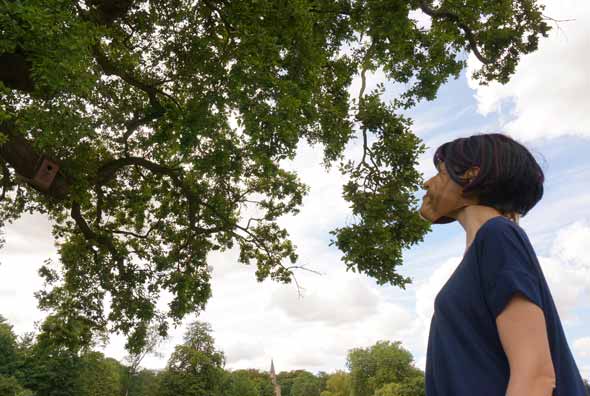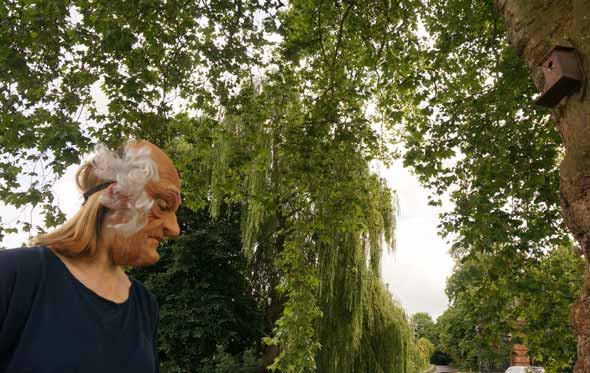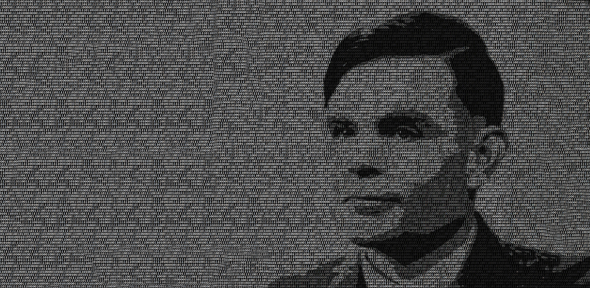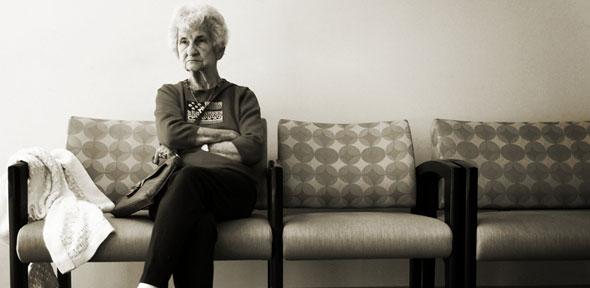Access To Startup Skills Threatened By U.K. Visa Review

Source: Tech Crunch
The U.K.-based startup founders and investors who penned an open letter backing the Conservatives at the General Election in May are now confronted with the prospect of a Tory government looking for ways to make it harder for businesses to recruit and bring non-EU workers to the U.K. — owing to a political push to reduce net migration.
Soon after winning the election this May, Prime Minister David Cameron made a speech on migration, outlining the new government’s forthcoming Immigration Bill — which he said would include reforms to domestic immigration and labour market rules aimed at reducing the demand for skilled migrant labour.
Given that the U.K. is a member of the European Union, the U.K. government can’t pull any policy levers to reduce migration from the EU (although Cameron is also hoping to renegotiate migration rules with the EU). Which leaves non-EU migration bearing the brunt of the government’s planned migration squeeze. Startups of course rely on filling vacancies by bringing skills from abroad — given it may be the only way to obtain relevant expertise when you’re working in such nascent areas.
The Home Office has commissioned the Migration Advisory Committee to undertake two reviews of the U.K.’s current tier 2 skilled visa requirements (a main route used by startups to fill vacancies; there is also the tier 1 entrepreneur visa for founders). A review of tier 2 visa salary thresholds was conducted by MAC last month, but has yet to report its findings to the Home Office — although a spokesman for the department told TechCrunch the government would look to implement any changes it deems necessary based on that review this autumn.
The larger scale tier 2 visa review is still taking evidence, with a closing date for submissions of the end of September. The MAC is then likely to report in full by the year’s end — so further changes to the tier 2 visa, based on the government’s assessment of the review, may be incoming by the start of next year.
According to the MAC’s call for evidence, the proposed changes being considered by the government include some potentially radical measures — such as: significantly raising the salary threshold; restricting which job roles are eligible; and removing the right for dependents of visa holders to be able to work in the U.K.
Other measures apparently on the table include putting time-limits on shortage occupations in order to encourage domestic businesses to invest in upskilling; and imposing a skills levy on employers who hire from outside the European Economic Area in order to fund domestic apprenticeships.
The pro-startup organisation, Coadec, which advocates for policies that support the U.K.’s digital economy, kicked off acampaign last week to raise awareness of the MAC’s review and feed its submissions call with startups’ views. It’s asking U.K. startups to complete a survey asking for their views on the tier 2 visa process and the changes the government is considering. Coadec will then be compiling responses into its own report to submit to the MAC.
“The current situation is that the only way non-EU workers can get into the UK really is through the tier 2 visa, because the post-study work visa has been scrapped, the high skilled migrant program has been scrapped,” says Coadec executive director Guy Levin tells TechCrunch. “You can still come in as an entrepreneur through tier 1 or an investor, or if you’re an exceptional talent through tier 1, but tier 2’s the main visa route for non-EU workers to come into the country.
“You have to have a definite job offer, you need to have a degree level qualification, and the role needs to be advertised in the U.K. for 28 days first before it can be offered internationally. There has to be a minimum salary threshold, which is set for new entrants at the 10th percentile and for experienced hires at the 25th percentile… so for developers the 25th percentile is about £31,000. And the company itself needs to go through a process of getting accredited by the Home Office as a sponsor.”
Levin notes there were some 15,500 people entering the U.K. last year via the tier 2 general route — so excluding intracompany transfers (a route which does not apply to startups). A further breakdown of that by job type puts “Programmers and software development professionals” as the third most popular occupation under the ‘resident labour test market route’ (i.e. rather than the shortages occupation route) — with 2,618 devs entering the U.K. via that route in the year ending March 2015.
“It’s not enormous numbers but it’s significant. And that’s just for that particular job title. There may be others under other job titles, like data scientist or product managers,” says Levin.
“The system is fairly sensible, as it stands,” he adds. “Some bits of it are annoying, like the 28 day test. And thankfully that’s waived for shortage occupations… Which means you get to fast-track some bits of that… And at the start of the year some digital roles were put on that, so that’s fantastic and a good win for the sector.”
But Levin says the “worry” now for U.K. startups is that the Conservatives’ political imperative to find ways to reduce migration to the U.K. could result in policies that are actively harmful to the digital economy — given the options currently being considered by the government would limit founders’ ability to hire the skilled talent they need.
Levin says Coadec’s own migration survey has garnered around 100 responses thus far, with around 40 per cent saying they currently employ people hired via the tier 2 visa route. “The majority don’t… and several of the respondents said it’s already too complicated and expensive for us to go through that process,” he notes.
Speaking to TechCrunch about the government’s migration consultation, DueDil CEO and founder Damian Kimmelman, himself an American who relocated to the U.K. to build a data startup (one which has attracted some $22 million in funding thus far, according to CrunchBase), argues that “populist politics” could pose a threat the U.K.’s digital economy if the government ends up scrapping what he says has been a relatively liberal migration policy thus far. Approximately 10 per cent of DueDil’s staff are employed on tier 2 visas.
One of the reasons why I’m an American building a business in the U.K. is because of the really great ability to hire from anywhere.
“One of the reasons why I’m an American building a business in the U.K. is because of the really great ability to hire from anywhere. One of the problems building a company that’s scaling and building it in the U.K. is there are a not a lot of people that have scaled businesses, and have the experience of scaling large tech businesses. You can only find that outside of the U.K. All of the large companies that scaled got bought out. And this is an unfortunate fact about the talent pool — but one of the ways the U.K. has effectively been able to solve this is by really having quite liberal immigration policies,” he tells TechCrunch.
Broadly speaking, Kimmelman said any of the proposed changes being consulted on by the MAC could have “a serious impact” on DueDil’s ability to grow.
“Restricting what roles are eligible seems ludicrous. We are working in a very transformative economy. All of the types of roles are new types of roles every six months… Government can’t really police that. That’s sort of self defeating,” he adds. “If you restrict the rights of dependents you pretty much nullify the ability to bring in great talent. I don’t know anybody who’s going to move their family [if they can’t work here]… It’s already quite difficult hiring from the U.S. because the quality of life in the U.S. in a lot of cities is much greater than it is in London.”
He’s less concerned about the prospect of being required to increase the salary requirement for individuals hired under the tier 2 visa — although Coadec’s Levin points out that some startups, likely earlier stage, might choose to compensate a hire with equity rather than a large salary to reduce their burn rate. So a higher salary requirement could make life harder for other types of U.K. startups.
Kimmelman was actually one of the signatories of the aforementioned open letter backing the Conservative Party at the General Election. Signatories of that letter asserted the Tory-led government —
…has enthusiastically supported startups, job-makers and innovators and the need to build a British culture of entrepreneurialism to rival America’s. Elsewhere in the world people are envious at how much support startups get in the UK. This Conservative-led government has given us wholehearted support and we are confident that it would continue to do so. It would be bad for jobs, bad for growth, and bad for innovation to change course.
So is he disappointed that the new Conservative government is consulting on measures that, if implemented, could limit U.K.-based startup businesses’ access to digital skills? “I wouldn’t read too much into this just yet because they haven’t made any decisions,” says Kimmelman. “But if they do enact any of these policies I think it would be really harmful to the community.”
“They have a lot of constituents other than just the tech community that they’re working for. So I hope that they don’t do anything that’s rash. But I’ve been very impressed by the way that they’ve handled things thus far and so I think I need to give them the benefit of the doubt,” he adds.
Levin says responses to Coadec’s survey so far suggests U.K. startups’ main priority is the government keeps the overseas talent pipeline flowing — with less concern over cost increases, such as if the government applies a skills levy to fund apprenticeship programs.
But how the government squares the circle of an ideological commitment to reducing net migration with keeping skills-hungry digital businesses on side remains to be seen.
“The radical option of really restricting [migration] to genuine shortages is scary — because we just don’t know what that would look like,” adds Levin. “It could be that that would be the best answer for the tech sector because we might be able to make a case that there are genuine shortages and so we’d be fine. But there’s an uncertainty about what the future would look like — so at the moment we’re going to focus on making a positive case on why skilled migration is vital for the digital economy.”
The prior Tory-led U.K. coalition government introduced a cap on tier 2 visas back in 2011 — of just over 20,000 per year — which is applied as a monthly limit. That monthly cap was exceeded for the first time in June, with a swathe of visa applications turned down as a result. That’s something Levin says shows the current visa system is “creaking at the seams” — even before any further restrictions are factored in.
“Thirteen hundred applicants in June were turned down because they’d hit the cap,” he says, noting that when the cap is hit the Home Office uses salary level to choose between applicants. “So the salary thresholds jump up from the 25th percentile… which means the lower paid end of people lose out, which would probably disproportionately affect startups.”




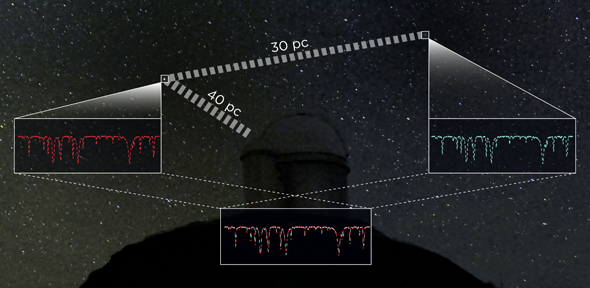
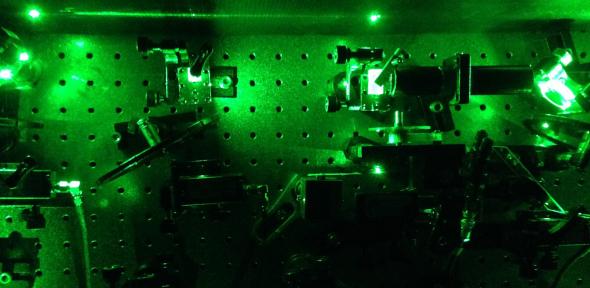
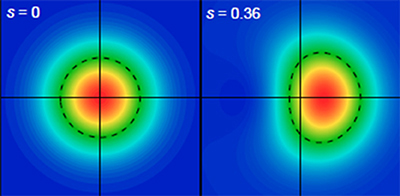



 is now live. You can follow progress on twitter
is now live. You can follow progress on twitter 


